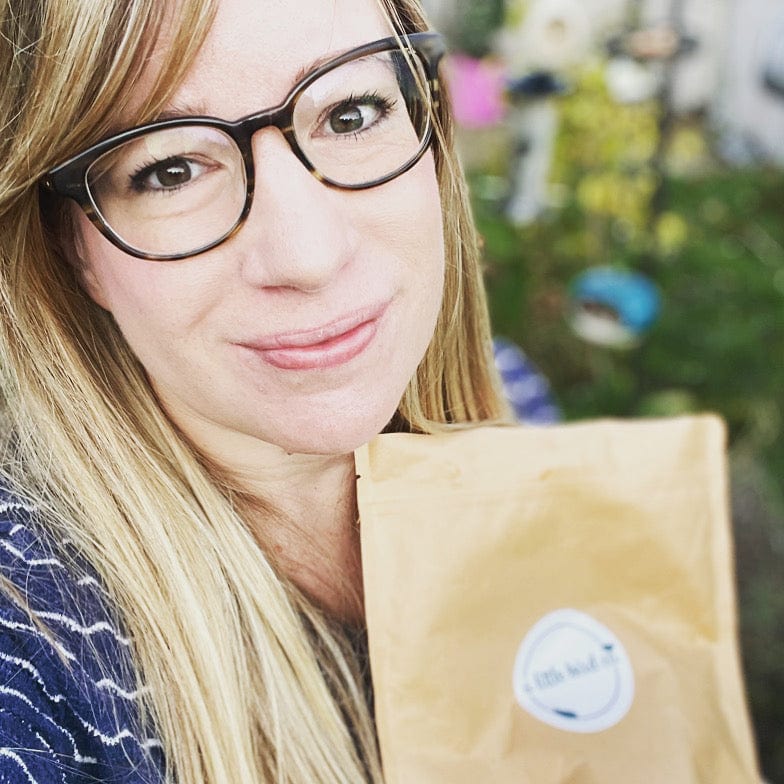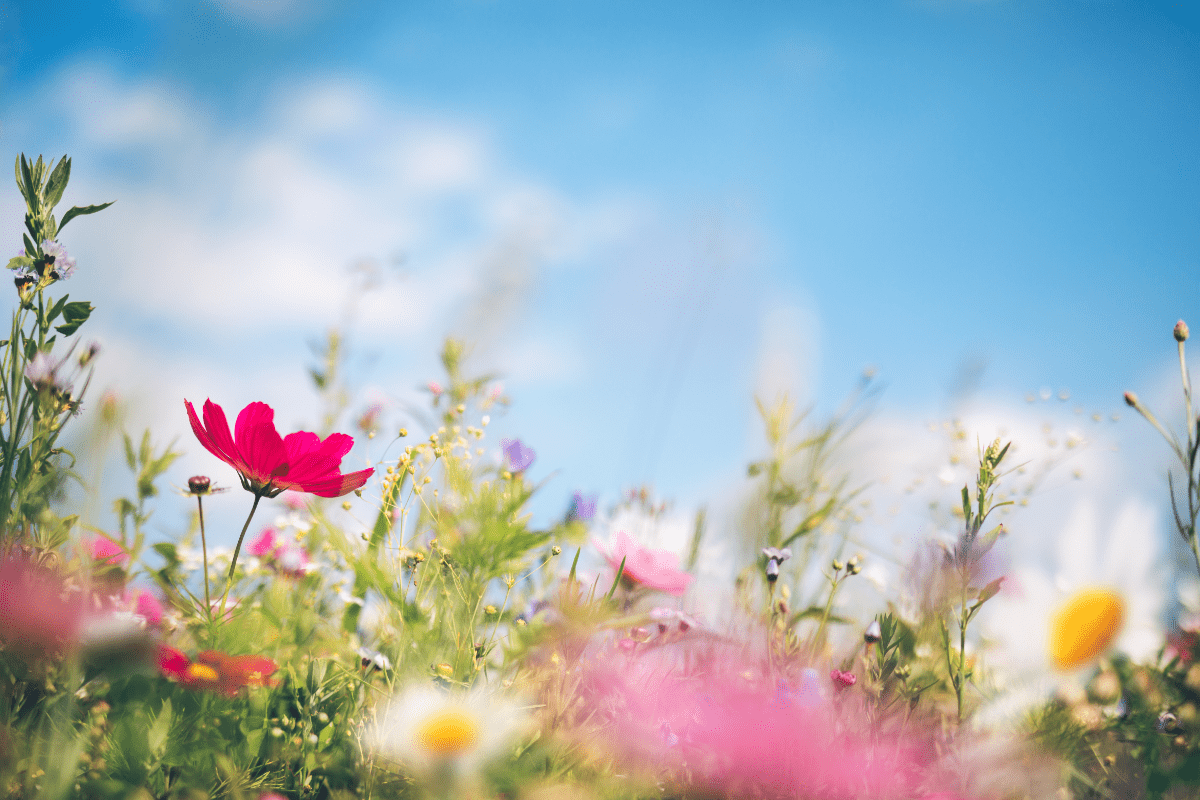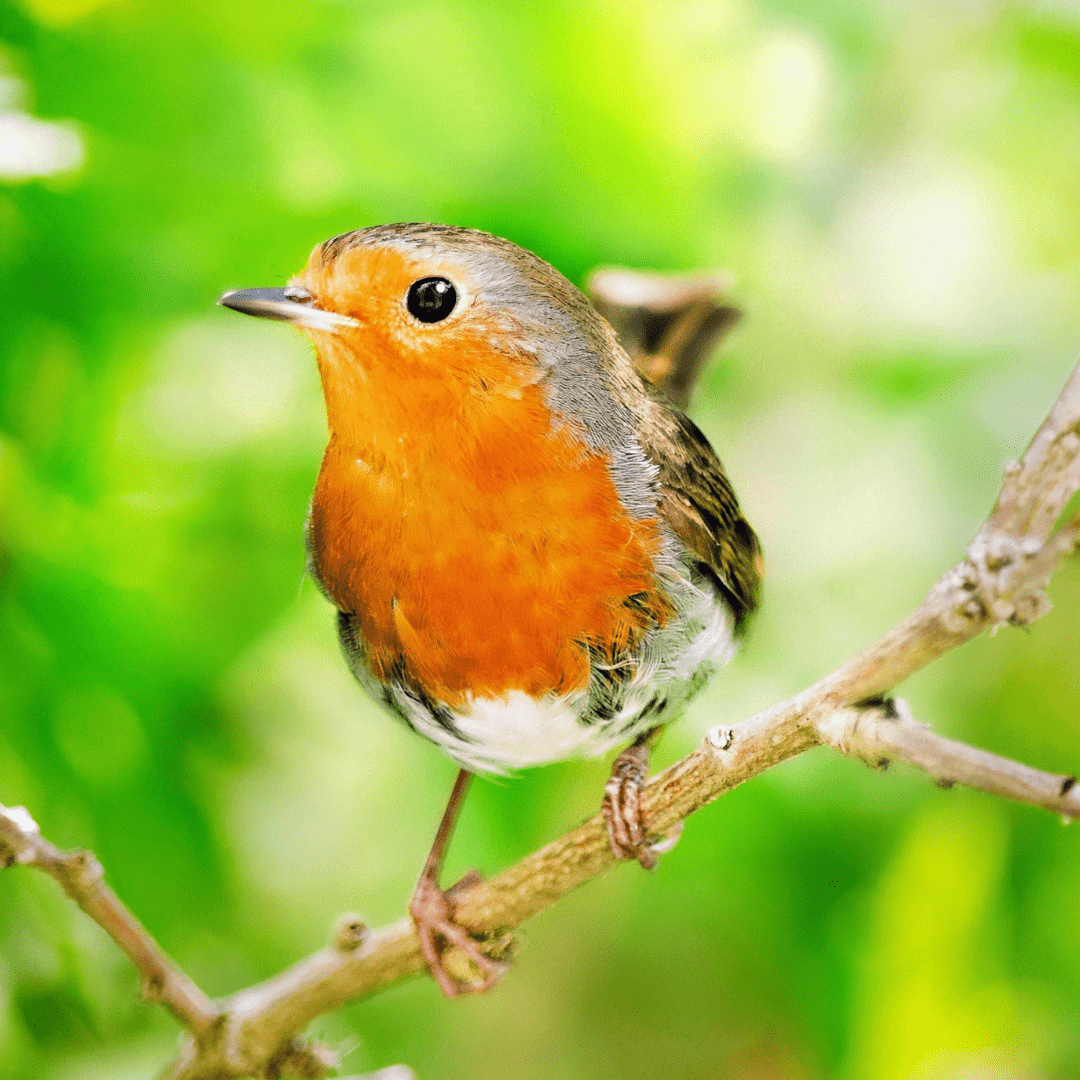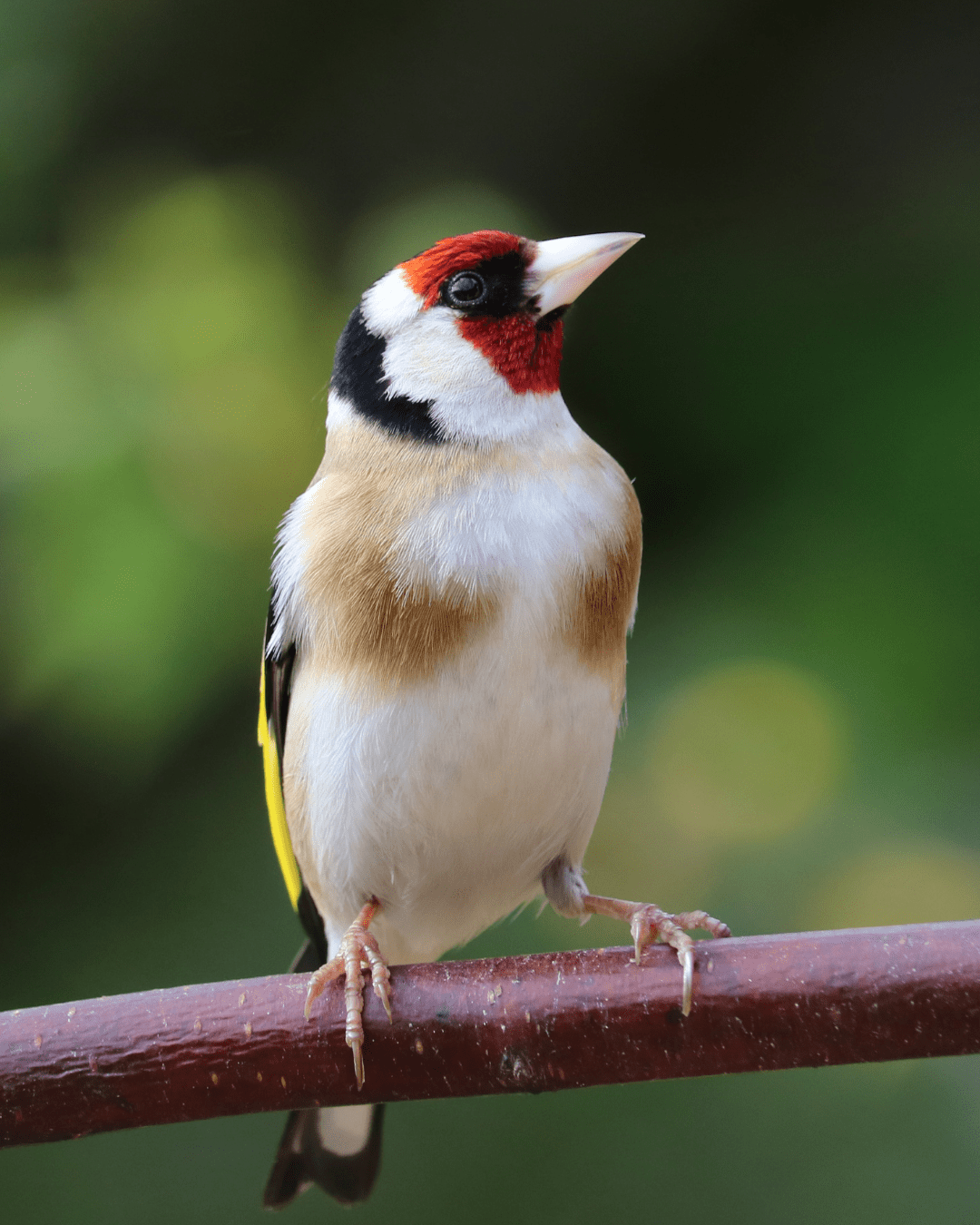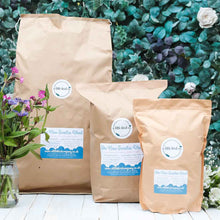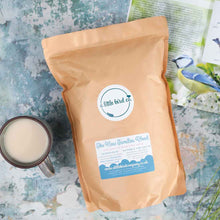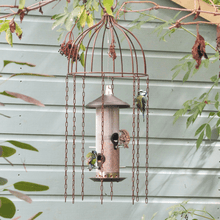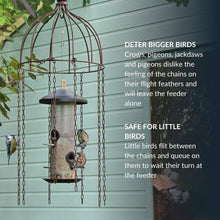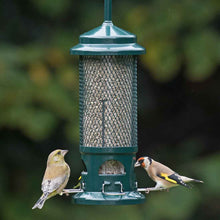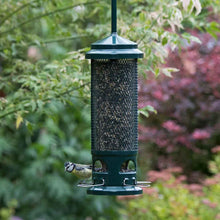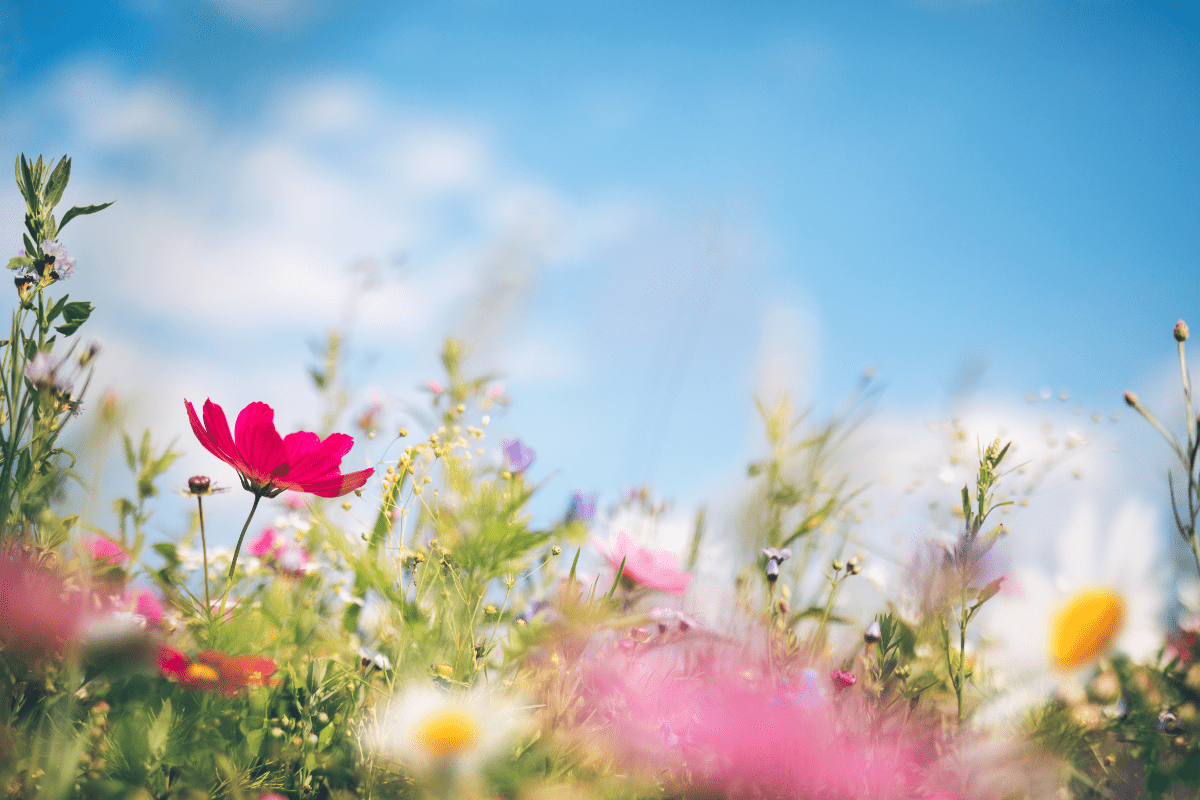The Intelligence of Our Garden Birds
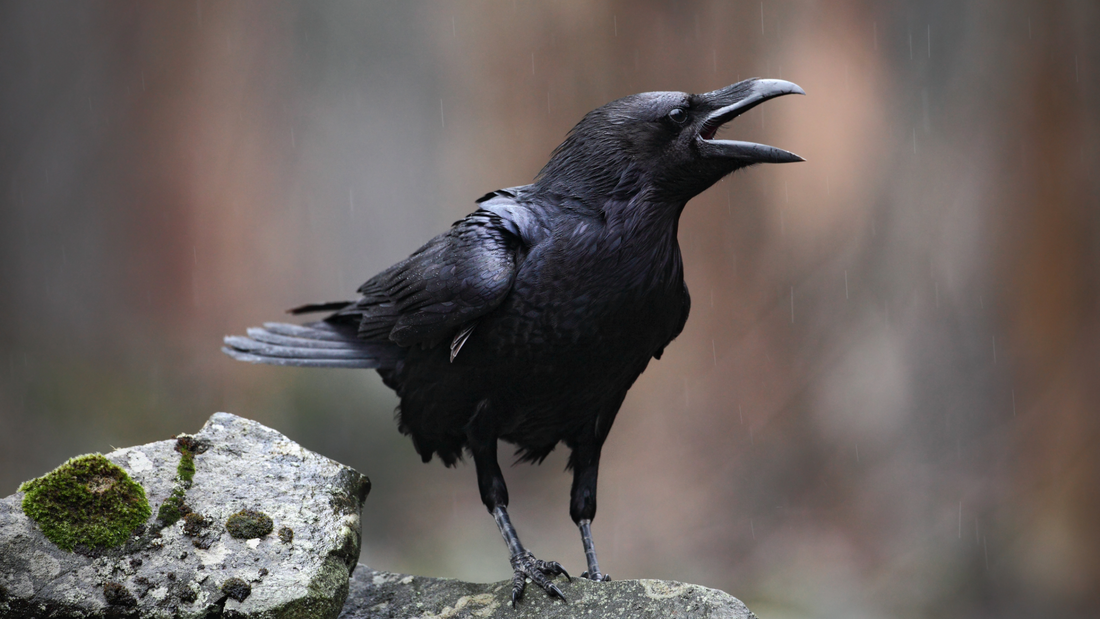
Every time I leave the house, whether through the front or back door, jackdaws call to one another in a way they don’t when my husband or girls leave. It’s as if they recognise me as the one who feeds them. Their behaviour made me curious and I wanted to find out more about the intelligence of these birds. Are they really recognising me? How do they communicate and understand their environment so well? This month I found out more about the fascinating world of bird intelligence, uncovering just how clever our feathered friends can be.
Bird Brained?
Bird intelligence has fascinated scientists for years, and several theories have been put forward to explain why these creatures have developed such amazing skills. One suggestion is the complexity of their social interactions. Birds, especially species like crows and parrots, live in flocks: Intricate social structures that require sophisticated communication, problem-solving, and memory skills. This need to navigate social hierarchies, recognize individuals, and remember past interactions may have driven the evolution of bird intelligence. Another contributing factor is the ecological challenges birds face. Many birds need to find food and avoid predators in an environment that is constantly changing. These tasks require advanced spatial memory, problem- solving abilities, and sometimes the use of tools. The evolutionary path of birds has also been shaped by their need for efficient migration. Birds have evolved remarkable navigational abilities, and use various cues to travel thousands of miles. Birds’ brains, while different from those of mammals, are highly efficient. They have a high neuron density in the forebrain, which is associated with complex behaviours. This efficient brain structure allows birds to perform cognitive tasks that are on par with mammals, despite having smaller brains. But that doesn’t make them any less capable. In fact, a crow’s intelligence has been compared to that of a seven-year-old child! to new situations.
Our Most Intelligent Garden Birds
Corvids and parrots are the Einsteins of the bird world, and they keep proving just how clever they are. Crows are amazing tool-makers. They use sticks to get insects from tree bark, and they can modify these tools to make them more effective. Crows have been seen dropping nuts on roads for cars to crack open, and they remember human faces. If you’ve wronged a crow, it’ll remember and might even hold a grudge, sometimes rallying other crows to hassle you. They also gather around their dead, which suggests they might mourn. In one study, researchers wore masks while capturing crows to see if they would remember the face of their captors. Years later, when the same masks were worn, the crows would alarm call and dive-bomb the researchers, clearly remembering the face of their “enemies” and even passing the knowledge between generations.
Magpies are curious and love mimicking sounds. Like crows, they use tools to find food and solve puzzles to get rewards. They’re also known for their habit of collecting shiny objects, showcasing their excellent memory. In one study, magpies were shown to hide food and then re-hide it multiple times if they thought they were being watched, indicating a sophisticated understanding of potential theft and a proactive approach to safeguarding their resources.
Jackdaws have top-notch communication skills. Like crows, they can recognise individual human faces and remember if you’re friend or foe. Jackdaws use a variety of calls to coordinate activities and alert others to danger. Their ability to learn and adapt is a testament to their problem-solving prowess. Research has shown that jackdaws use their eyes to communicate, a trait more commonly associated with primates than birds. They can follow human gaze and use it to locate hidden food, demonstrating an understanding of the intentions of others.
Rooks are clever problem-solvers. In one experiment, they used stones to raise the water level in a container to reach a floating worm, showing an understanding of cause and effect. Rooks can also use tools in a sequence, choosing the right tool for each step in a problem-solving task. They have been observed using sticks to get food out of narrow tubes and even bending wires to create hooks, showcasing their ability to innovate.
Jays are experts at hiding food and remembering where they’ve stashed it, sometimes thousands of different spots. They can plan for the future and even trick other birds by pretending to hide food in one place while actually hiding it somewhere else. This kind of behaviour shows they have a high level of cognitive function and foresight.
Parrots are another group of birds known for their extraordinary intelligence. They are particularly famous for their ability to mimic human speech, but their cognitive abilities go far beyond that. Research on African Grey parrots has shown that these birds can understand complex concepts such as same and different, bigger and smaller, and even numerical concepts. They can count up to six objects, identify shapes and colours, and even understood the concept of zero. They also use language to make requests and respond to questions, showcasing an impressive level of communication and comprehension. Another fascinating example is the Kea parrot from New Zealand. Known for their playful and curious nature, Keas have demonstrated advanced problem- solving skills. In one study, Keas were able to solve a series of puzzles that required them to manipulate objects and use tools to obtain food rewards. They showed an ability to learn from observation, quickly figuring out new tasks by watching other Keas. Parrots also display strong social intelligence. They form complex social bonds and can remember individual birds and humans. In the wild, parrots engage in intricate social interactions and have been observed helping each other, suggesting a high level of empathy and cooperation.
Social Intelligence
Birds that spend time in social groups tend to be more intelligent, thanks to the complexities of living in a community. Take blue tits, for example. They figured out how to peck through the foil lids of milk bottles left on doorsteps to get at the cream inside. This trick spread quickly among blue tits because they learn from each other by watching and imitating. Robins, on the other hand, are more solitary and territorial. They’re less likely to share knowledge or learn from other birds. This difference in social behaviour plays a big role in how intelligent and adaptable different bird species are. Intelligence alone doesn’t get birds far if they’re too territorial to be social.
The Story Behind Migration
Migration is one of the most incredible demonstrations of bird intelligence. Birds that migrate often travel thousands of miles to find suitable breeding or feeding grounds. This requires not only physical endurance but also incredible navigational skills. Birds like the Arctic Tern, travel from the Arctic to the Antarctic and back each year, covering over 40,000 miles. Research has shown that some birds have magneto-reception, a sense that allows them to detect the Earth’s magnetic field, which they use alongside information gathered from the sun and stars. This sense helps them navigate over long distances.
Learning more about the intelligence of British garden birds has given me a new perspective when I sit and watch our garden feeding station. As frustrating as some of the larger species can be, there’s something brilliant about every garden bird. Whether it’s the jackdaws recognising my face, the crows solving problems, or the blue tits picking up new tricks, each bird adds a unique touch of intelligence to our gardens. So next time you spot a bird in your garden, take a moment to appreciate the brilliant little mind at work behind those bright, inquisitive eyes.

